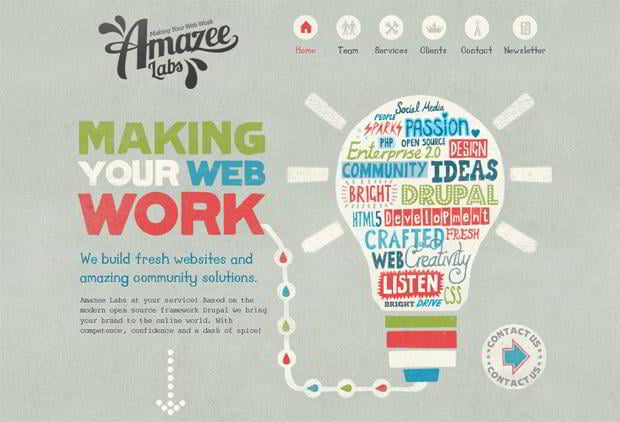Harnessing The Power Of Visual Pecking Order In Site Design
Harnessing The Power Of Visual Pecking Order In Site Design
Blog Article
Recommended Internet page -Hamann Henderson
Picture a website where every aspect contends for your focus, leaving you really feeling overwhelmed and unclear of where to focus.
Currently photo an internet site where each aspect is meticulously set up, directing your eyes easily with the page, offering a smooth individual experience.
The difference hinges on the power of aesthetic hierarchy in site style. By tactically organizing and focusing on elements on a page, developers can develop a clear and intuitive path for customers to comply with, inevitably enhancing interaction and driving conversions.
However exactly how specifically can you harness this power? Join us as we explore the concepts and methods behind efficient visual hierarchy, and uncover just how you can elevate your web site style to brand-new heights.
Recognizing Visual Power Structure in Web Design
To efficiently communicate details and overview customers via a site, it's vital to understand the idea of aesthetic pecking order in web design.
Aesthetic hierarchy refers to the setup and company of components on a webpage to emphasize their importance and produce a clear and user-friendly individual experience. By developing a clear visual hierarchy, you can route customers' interest to one of the most crucial info or actions on the page, enhancing functionality and involvement.
This can be attained through various design strategies, including the tactical use size, shade, contrast, and positioning of aspects. For example, bigger and bolder elements commonly attract even more interest, while contrasting colors can develop aesthetic comparison and draw focus.
Concepts for Efficient Aesthetic Hierarchy
Comprehending the principles for reliable aesthetic power structure is important in creating a straightforward and appealing internet site layout. By adhering to these principles, you can make sure that your site efficiently connects info to users and overviews their interest to one of the most important aspects.
One concept is to use size and range to establish a clear visual hierarchy. By making important aspects bigger and extra famous, you can draw attention to them and guide customers via the material.
An additional principle is to use comparison successfully. By using contrasting colors, font styles, and forms, you can develop aesthetic differentiation and emphasize crucial details.
Additionally, the principle of proximity recommends that associated elements need to be grouped with each other to visually connect them and make the website more organized and simple to browse.
Implementing Visual Power Structure in Website Design
To implement aesthetic hierarchy in internet site design, focus on essential components by adjusting their dimension, shade, and position on the page.
By making crucial elements larger and much more popular, they'll naturally draw the individual's focus.
Usage contrasting colors to create visual contrast and stress vital details. For instance, you can make use of a strong or vivid color for headings or call-to-action buttons.
Furthermore, take into consideration the placement of each component on the page. Area important aspects on top or in the center, as customers often tend to focus on these locations first.
Final thought
So, there you have it. Aesthetic power structure resembles the conductor of a harmony, directing your eyes with the website layout with skill and panache.
It's the secret sauce that makes a website pop and sizzle. Without it, your layout is just a jumbled mess of arbitrary elements.
But with aesthetic hierarchy, you can produce a work of art that gets focus, interacts properly, and leaves a long-term perception.
So leave, simply click the next site , and harness the power of aesthetic pecking order in your website style. Your target market will thanks.
